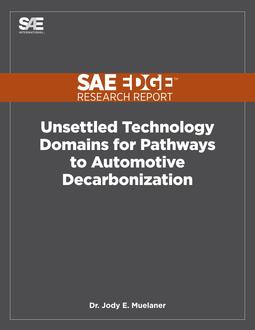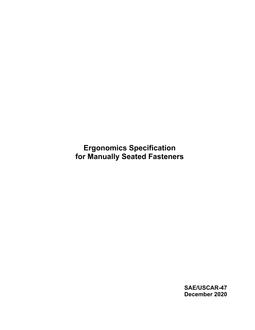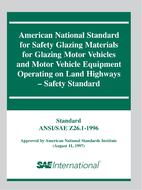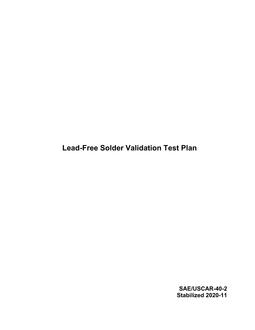Description
Replacing fossil-fueled vehicles with battery-electric ones is a risky strategy. It is likely to be limited by the supply of metals critical to battery and solar cell production, and the investment required in decarbonized electricity. Using hydrogen to store renewable energy would greatly reduce efficiency, further increasing the investment required to decarbonize the electricity supply. The lowest technical risk and most economical pathway to decarbonization is reducing private car use. Shorter journeys would be made by walking and cycling – also known as “active travel” – with public transport used for most longer journeys.
Realizing this cultural change in transport behavior will first require comprehensive networks for safe and enjoyable active travel, which separate walking and cycling. All locations should connect to either a fully segregated cycleway or traffic calmed roadways with a maximum speed of 30 kph. Active travel investment can save money due to improved public health, eliminate the 11% of carbon emissions caused by short car journeys, and facilitate public transport by empowering people to reach their final destination. Bicycle manufacturing is growing rapidly and further innovations in transport cycles and other lightweight vehicles compatible with an active travel infrastructure will boost this growth.
Increased use of public transportation is vital to efficiently use the limited availability of decarbonized electricity. Autonomous vehicles in private use may increase vehicle miles, but autonomous operation within public transportation systems could be transformative.
The remaining private cars, buses, and heavy goods vehicles could be electrified more cost effectively using electric road systems. These enable unlimited range and smaller batteries, with the lowest societal cost of any private car-based decarbonization pathway. Although users may pay higher road tax or tolls for the infrastructure, this is easily offset by greatly reduced vehicle costs and improved efficiency. Electrification needs to be brought initially to city bus networks and heavily used transport corridors. Wider use will require standardization and investment at the federal level or continental level.
NOTE: SAE EDGE™ Research Reports are intended to identify and illuminate key issues in emerging, but still unsettled, technologies of interest to the mobility industry. The goal of SAE EDGE™ Research Reports is to stimulate discussion and work in the hope of promoting and speeding resolution of identified issues. SAE EDGE™ Research Reports are not intended to resolve the challenges they identify or close any topic to further scrutiny.
Product Details
- Edition:
- 1
- Published:
- 07/22/2020
- Number of Pages:
- 40
- File Size:
- 1 file , 9.9 MB
- Note:
- This product is unavailable in Belarus, Russia, Ukraine






